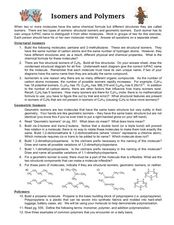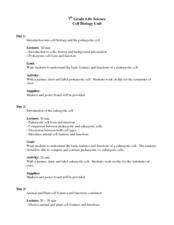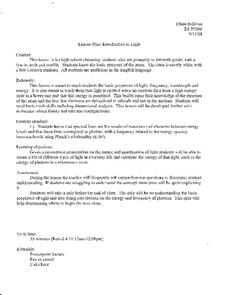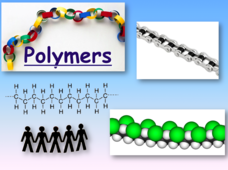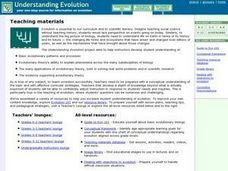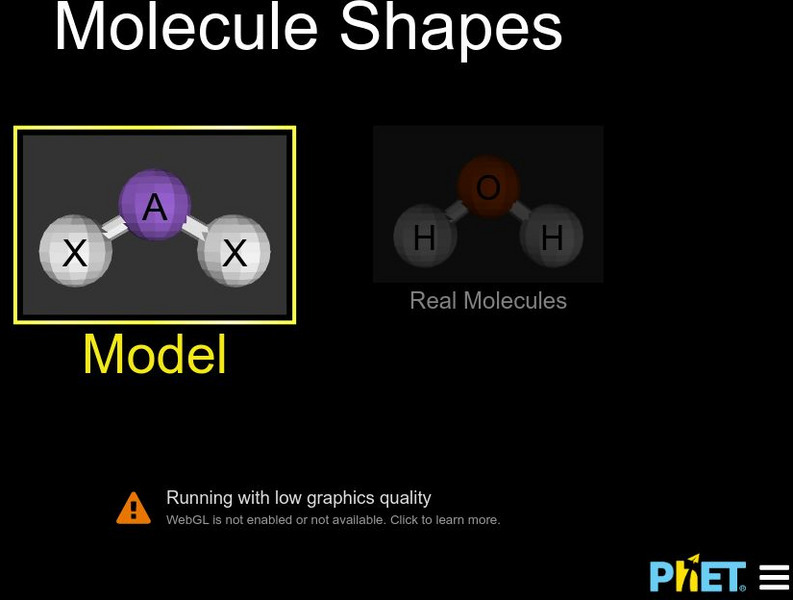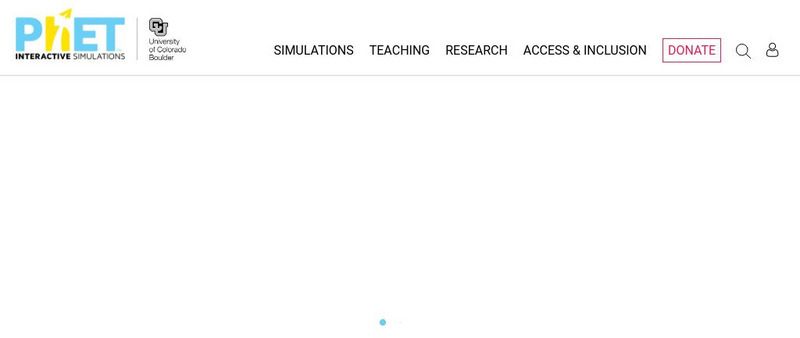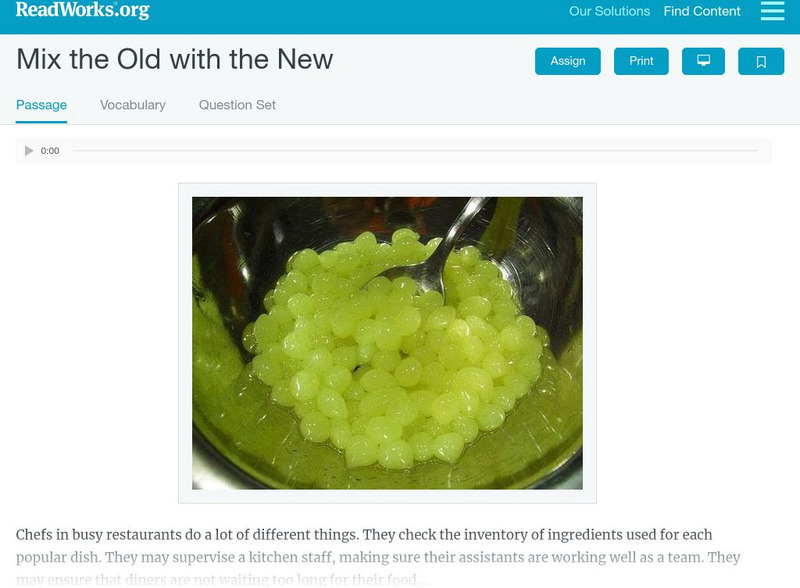Curated OER
Isomer
In this isomer worksheet, students use molecular model kits to build isomers. Students work in groups and draw and name the isomers they build. They answer 9 questions about both geometric and structural isomers.
Curated OER
Isomers and Polymers
Students create models of structural isomers, geometric isomers, and polymers. In this chemistry instructional activity, students are given definitions and molecular model kits to create a variety of different isomers and polymers.
Curated OER
Converting Energy
Students explore the concepts of energy transformation and conversion. They engage in Internet and hands-on activities. Students visit the Atoms Family Website and complete a Building a Better Pyramid activity by adding insulation to...
Curated OER
Cell (Biology)
Students conduct a series of activities to explore the nature of cells. In this biology lesson, students observe plant and animal cells under the microscope and compare them. They differentiate osmosis and diffusion.
Texas State Energy Conservation Office
Investigation: Chemical Models
Science teams make models of four different hydrocarbon compounds that we commonly use for fuel. Then they demonstrate chemical reactions that result when energy is produced. This can be used as an enrichment when your class is studying...
Curated OER
Lesson on Proteins
Young scholars examine the importance of proteins including their function and structure. For this protein lesson students play a game to help them better understand proteins.
Curated OER
18th Century Microscope
Young scholars examine a microscope from the 18th century. In this microscope lesson, students investigate how it works, what it was used for and how the tool has evolved through the years. Young scholars also build knowledge on how...
Curated OER
Forces on the Human Molecule
Learners conduct several simple lab activities to explore the five fundamental load types that can act on structures: tension, compression, shear, bending, and torsion. In this activity, students play the role of molecules in a beam...
Curated OER
Biology: Protein Study
Students in pairs, select and view proteins from the Protein Data Bank. After downloading the tutorial and instructions, they identify the protein's structures and primary biological functions. Then, students present their findings to...
Curated OER
Introduction to Light
Young scholars study the basic structure of the atom. In this chemistry lesson plan, students explain how colors relate to energy that electrons emit. They calculate energy of the emitted photons.
Science Geek
Polymers
A pirate's favorite amino acid is Arrrrginine! Presentation begins with the difference between a monomer and a polymer. Then it applies that to carbohydrates and proteins and ends with DNA and plastics. Presentation is the last in a...
Rensselaer Polytechnic Institute
Molecules to the Max!—Teacher's Discovery Guide
Molecules to the Max! refers to a movie released in 2009 about the world of atoms and molecules. A helpful discovery guide provides five posters on science topics typically covered at the middle school level. It also explains the...
Curated OER
The Ozone
Learners engage in instructional activity concerned with the concept of the ozone layer. They write a reflective journal using prior knowledge. Students read sources of information about the existence of a hole in the ozone layer....
Curated OER
Beads, Balls, and Beakers
Students analyze the amount of space required to pack round objects. In this geometry lesson, students practice using space economically by practicing packing spheres into beakers. They then translate this concept to molecules being...
Curated OER
How Are The Properties of Covalent Compounds Influenced By Chemical Bonding?
Students work together to observe the bond lengths of single, double and triple bonds. They make their own predictions about the strength of the bonds and chemical reactions. They answer discussion questions to complete the lesson.
Curated OER
Making Cladograms
High schoolers construct cladograms (evolutionary trees), showing how shared derived characters can be used to reveal degrees of relationship. They interpret and analyze cladograms, and determine where unclassified vertebrates would fit...
Curated OER
DNA and Protein Synthesis
Tenth graders work with a partner, and copies of the attached worksheet "Amino Acid Codon Table" They discuss ways an organism, obtains and uses proteins. Students view a teacher prepared DNA strand banner, and record the complementary...
Curated OER
Genetics and Heredity: The Next Generation
Tenth graders work in teams to order events of DNA transcription and translation protein synthesis. In the second lesson, they put the steps of mitosis and meiosis in order using a concept map poster. They use modeling clay to create...
PBS
Pbs Learning Media: Build a Steroid
In this interactive activity from NOVA, learn about the molecular structure of steroids. See the intermediate molecules that are part of the pathway for synthesizing cortisone from diosgenin.
University of Colorado
University of Colorado: Ph Et Interactive Simulations: Molecule Shapes
Build a molecule in 3-D. Add single, double, and triple bonds, or a lone pair of electrons to an atom, learn what the molecule's geometric name is, see the bond angles, and manipulate each molecule to view it from all sides. Then study a...
University of Colorado
University of Colorado: Ph Et Interactive Simulations: Molecule Shapes
Explore molecule shapes by building molecules in 3D. How does molecule shape change with different numbers of bonds and electron pairs? Find out by adding single, double or triple bonds and lone pairs to the central atom. Then, compare...
University of Colorado
University of Colorado: Ph Et Interactive Simulations: Molecule Shapes: Basics
Explore molecule shapes by building molecules in 3D. Find out how a molecule's shape changes as you add atoms to a molecule.
Alabama Learning Exchange
Alex: Mirror, Mirror, on the Wall
This lesson covers chiral molecules, which are important in carbohydrate and protein chemistry. Understanding the difference in their structures helps with understanding the different biochemical properties of molecules with similar...
Read Works
Read Works: Mix the Old With the New
[Free Registration/Login Required] An informational text about how cooking causes changes in matter. A question sheet is available to help students build skills in reading comprehension.

